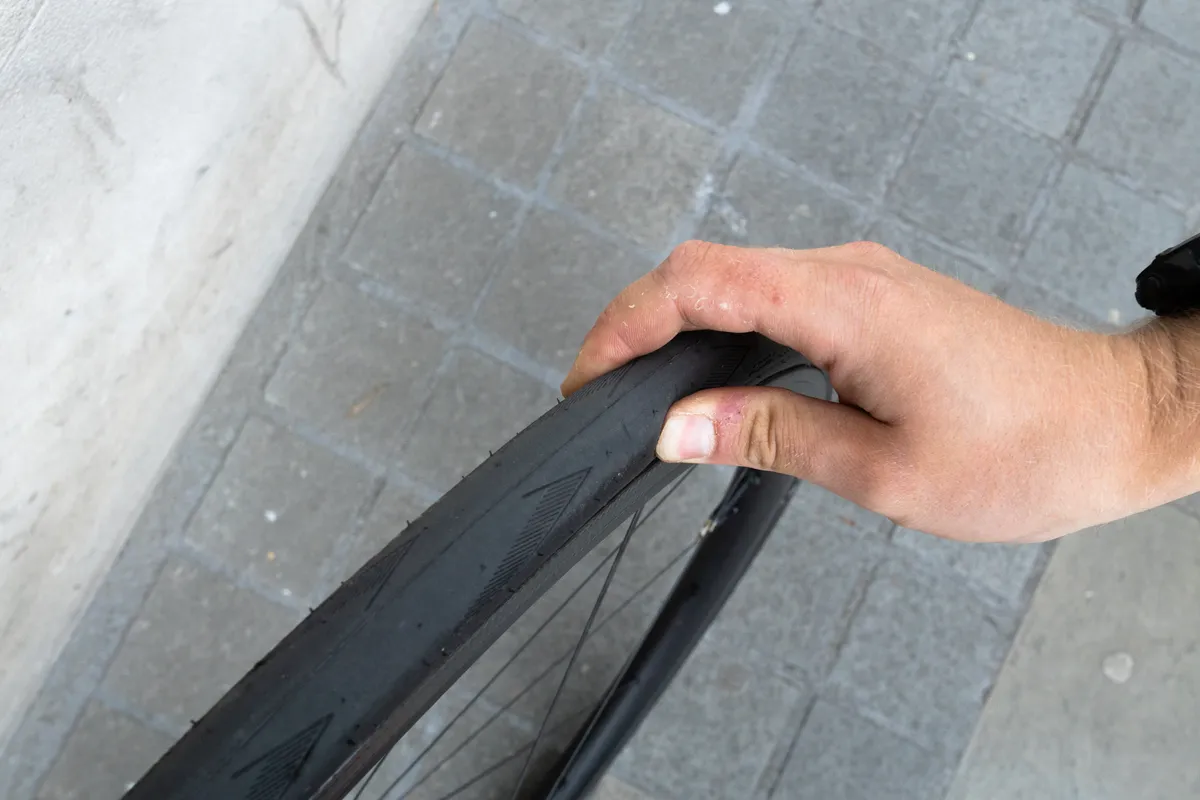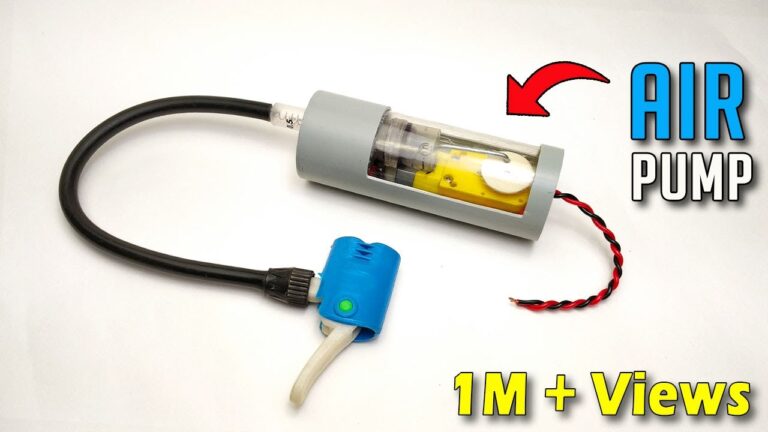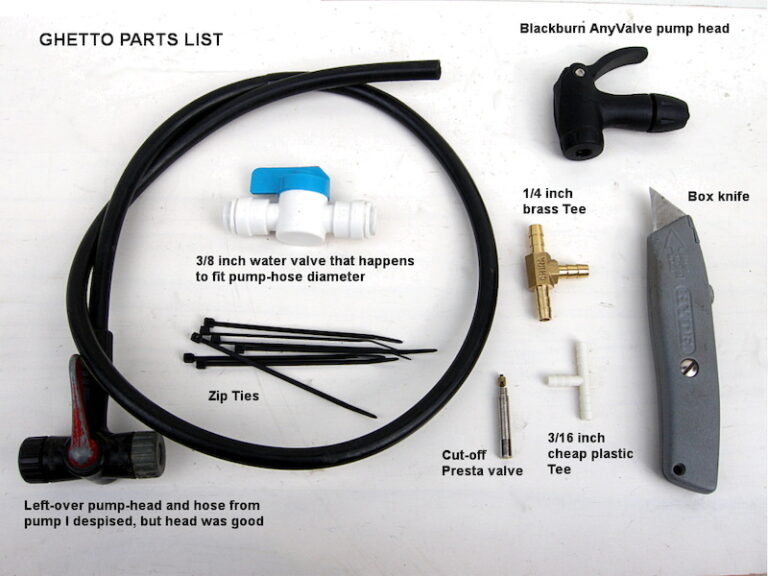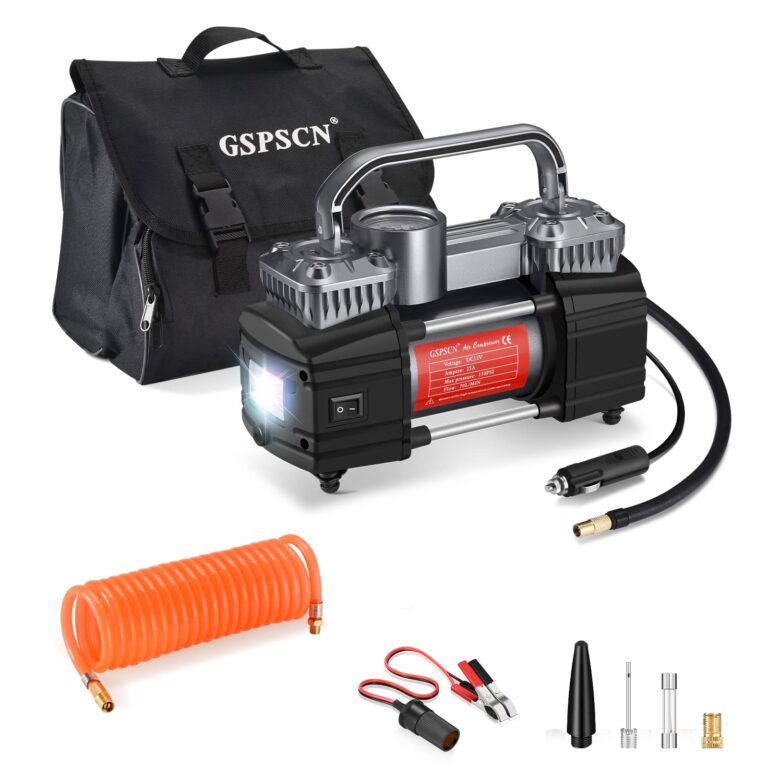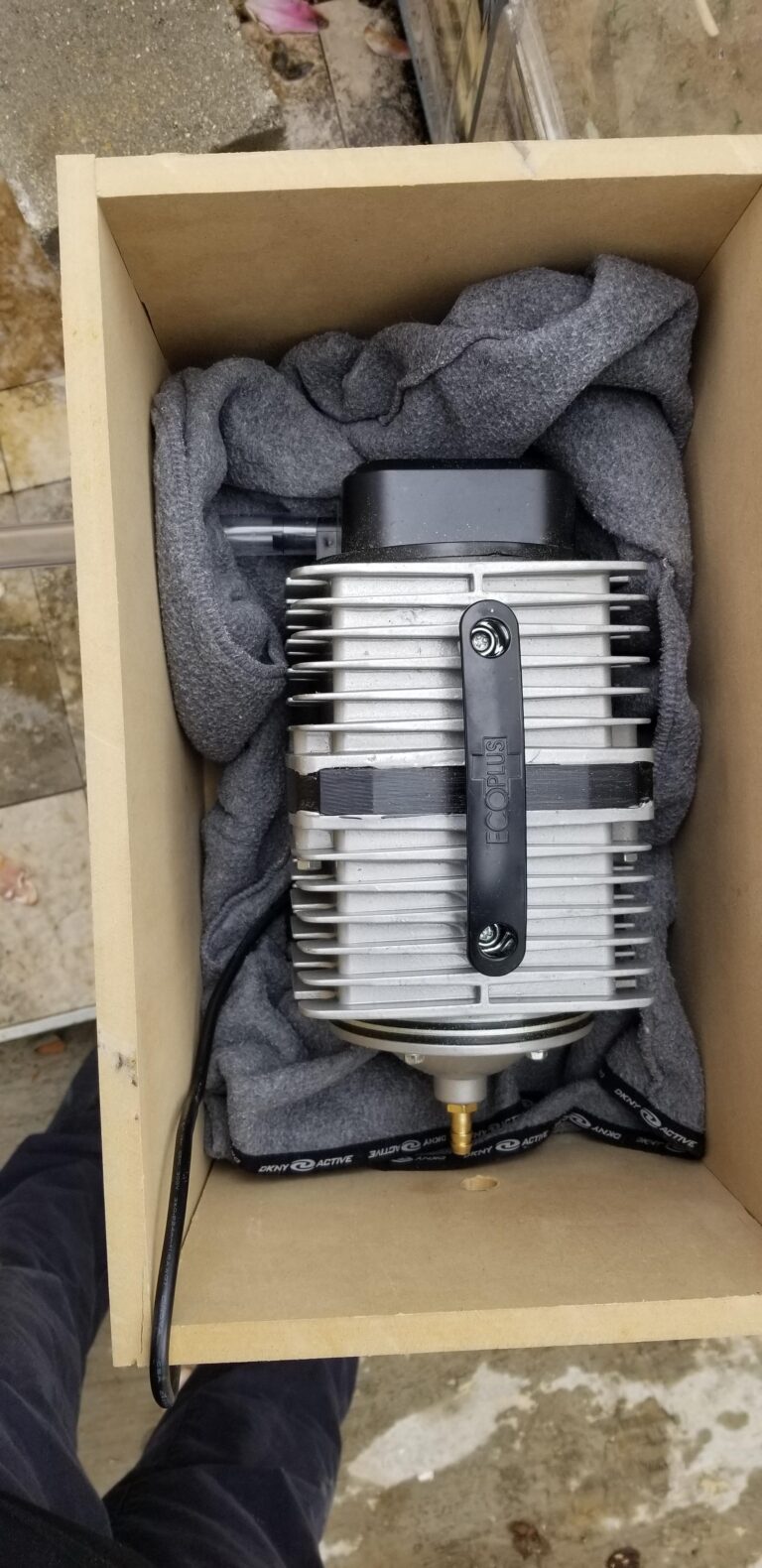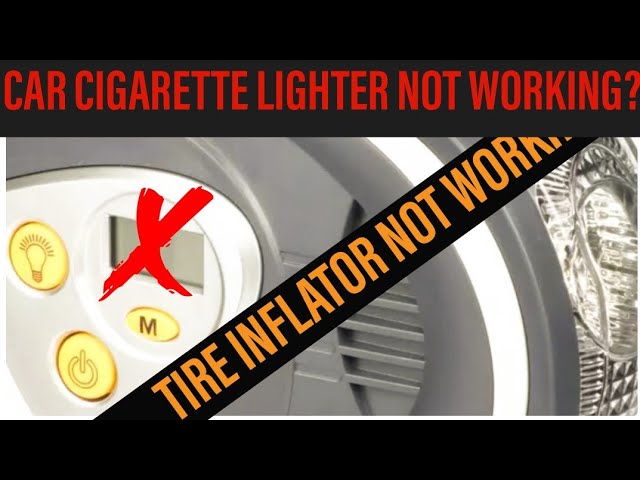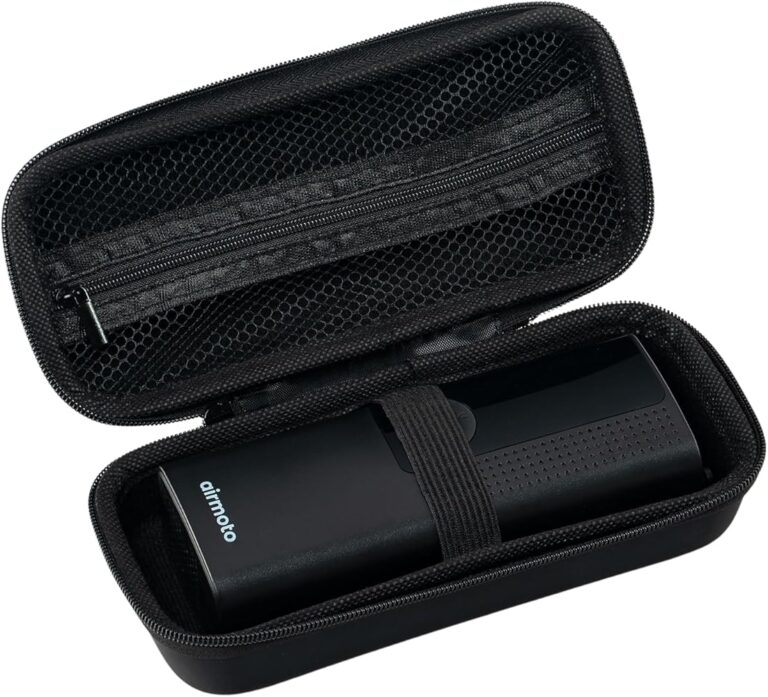How Often Should You Pump Tires: Essential Tips
Keeping your tires properly inflated is very important. It helps your car run better. It also keeps you safe on the road. In this article, we will explore how often you should pump your tires.
Why Tire Pressure Matters
Tire pressure is the air pressure inside your tires. It affects many things, including:
- Fuel efficiency
- Vehicle handling
- Tire lifespan
- Safety on the road
When tires are under-inflated, they wear out faster. They can also cause accidents. Therefore, checking your tire pressure is very important.
How Often Should You Check Your Tire Pressure?
Experts recommend checking your tire pressure at least once a month. However, you should also check it:
- Before long trips
- When the seasons change
- After hitting a pothole
- Before using your vehicle after a long time
These checks will help ensure your tires are safe and ready.
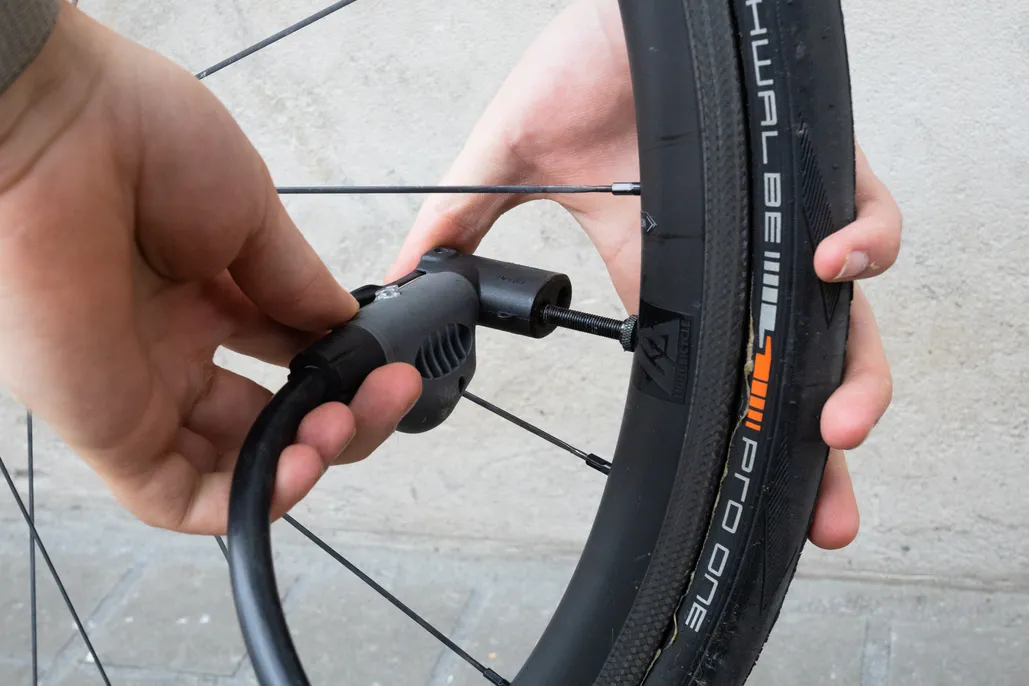
How to Check Tire Pressure
To check tire pressure, you need a tire pressure gauge. Here’s how to do it:
- Remove the valve cap from the tire.
- Press the tire pressure gauge onto the valve stem.
- Read the number displayed on the gauge.
- Compare it to the recommended pressure.
You can find the recommended pressure on a sticker inside the driver’s door or in the owner’s manual.
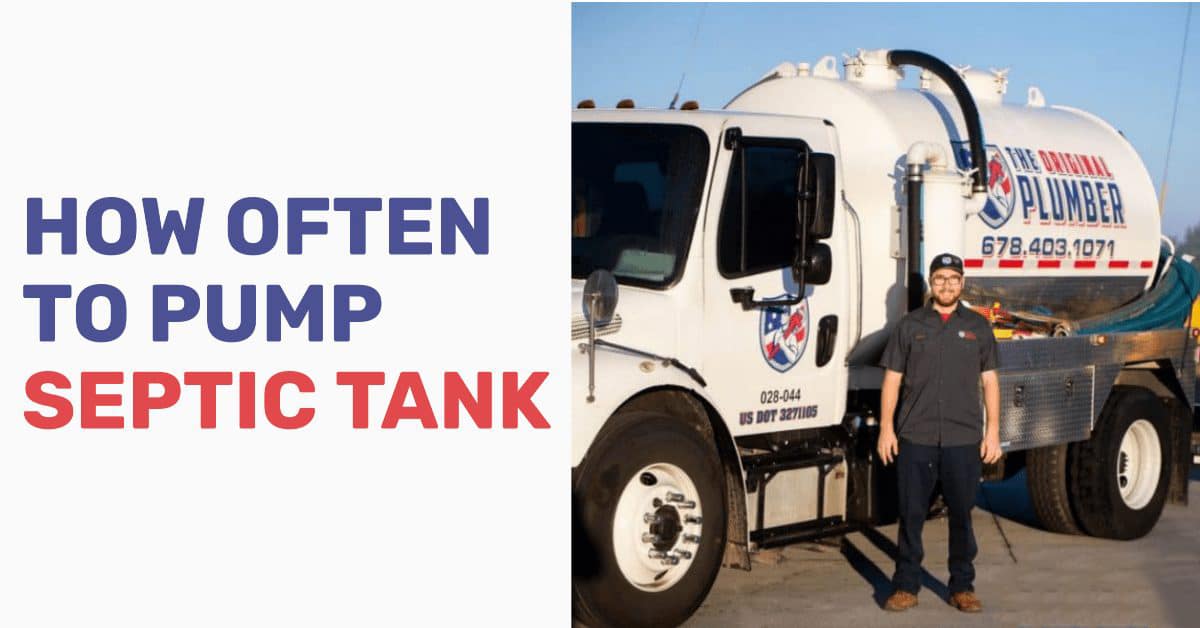
What is the Recommended Tire Pressure?
The recommended tire pressure is usually between 30 and 35 PSI (pounds per square inch). However, this can vary based on the vehicle. Always refer to your vehicle’s manual for accurate numbers.
Signs You Need to Pump Your Tires
There are several signs that indicate your tires need air:
- Your car feels bumpy while driving.
- The steering wheel pulls to one side.
- You see visible signs of flatness.
- The tire warning light is on.
If you notice any of these signs, check your tire pressure immediately.
How to Pump Your Tires
Pumping your tires is easy. You can use a gas station air pump or a portable pump. Here’s how to do it:
- Find a nearby gas station with an air pump.
- Remove the valve cap from your tire.
- Attach the air hose to the valve stem.
- Fill the tire with air until it reaches the recommended pressure.
- Remove the air hose and replace the valve cap.
Make sure to check the pressure after pumping.
How Weather Affects Tire Pressure
Weather can change your tire pressure. Cold weather can lower tire pressure. Hot weather can raise it. Here’s how much pressure can change:
| Temperature Change | Pressure Change |
|---|---|
| For every 10°F drop | Pressure drops by 1 PSI |
| For every 10°F rise | Pressure increases by 1 PSI |
Always check your tires with the changing seasons.
How to Maintain Proper Tire Pressure
Here are some tips to maintain your tire pressure:
- Check pressure at least once a month.
- Inspect tires for damage regularly.
- Rotate tires every 5,000 to 7,000 miles.
- Replace tires that are worn out.
These steps will help your tires last longer.
Benefits of Properly Inflated Tires
Properly inflated tires have many benefits:
- Better fuel efficiency
- Improved safety
- Longer tire life
- Better handling and comfort
By taking care of your tires, you save money and keep safe.
Common Myths About Tire Pressure
Many myths surround tire pressure. Let’s clear some up:
- Myth: You only need to check tire pressure once a year.
- Truth: Check it at least once a month.
- Myth: All tires have the same pressure.
- Truth: Different vehicles require different pressures.
- Myth: You can tell if a tire is low by looking.
- Truth: Always use a gauge to check.
Frequently Asked Questions
How Often Should I Check Tire Pressure?
Check tire pressure monthly for optimal performance and safety.
What Happens If Tires Are Underinflated?
Underinflated tires can cause poor fuel efficiency and increased wear.
Can I Overinflate My Tires?
Yes, overinflating tires can lead to blowouts and reduced traction.
How Do I Know If My Tires Need Air?
Use a tire pressure gauge to check if your tires are below the recommended PSI.
Conclusion
Pumping your tires is very important. Regular checks ensure safety and efficiency. Remember to check your tire pressure at least once a month. Also, pay attention to weather changes and signs of low pressure.
By following these tips, you can keep your tires in great shape. This will help you stay safe on the road and save money. So, always remember: check, pump, and drive safely!

